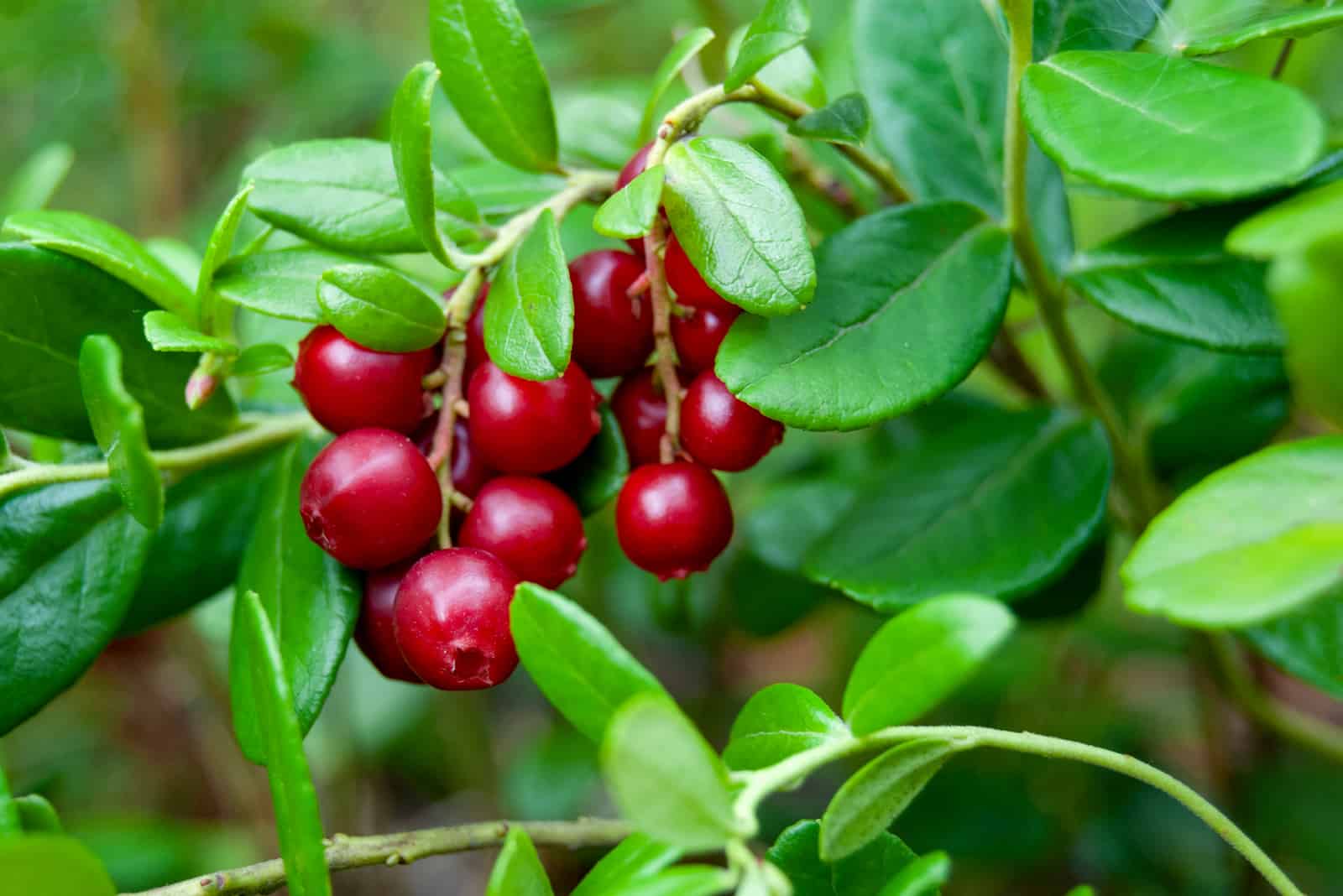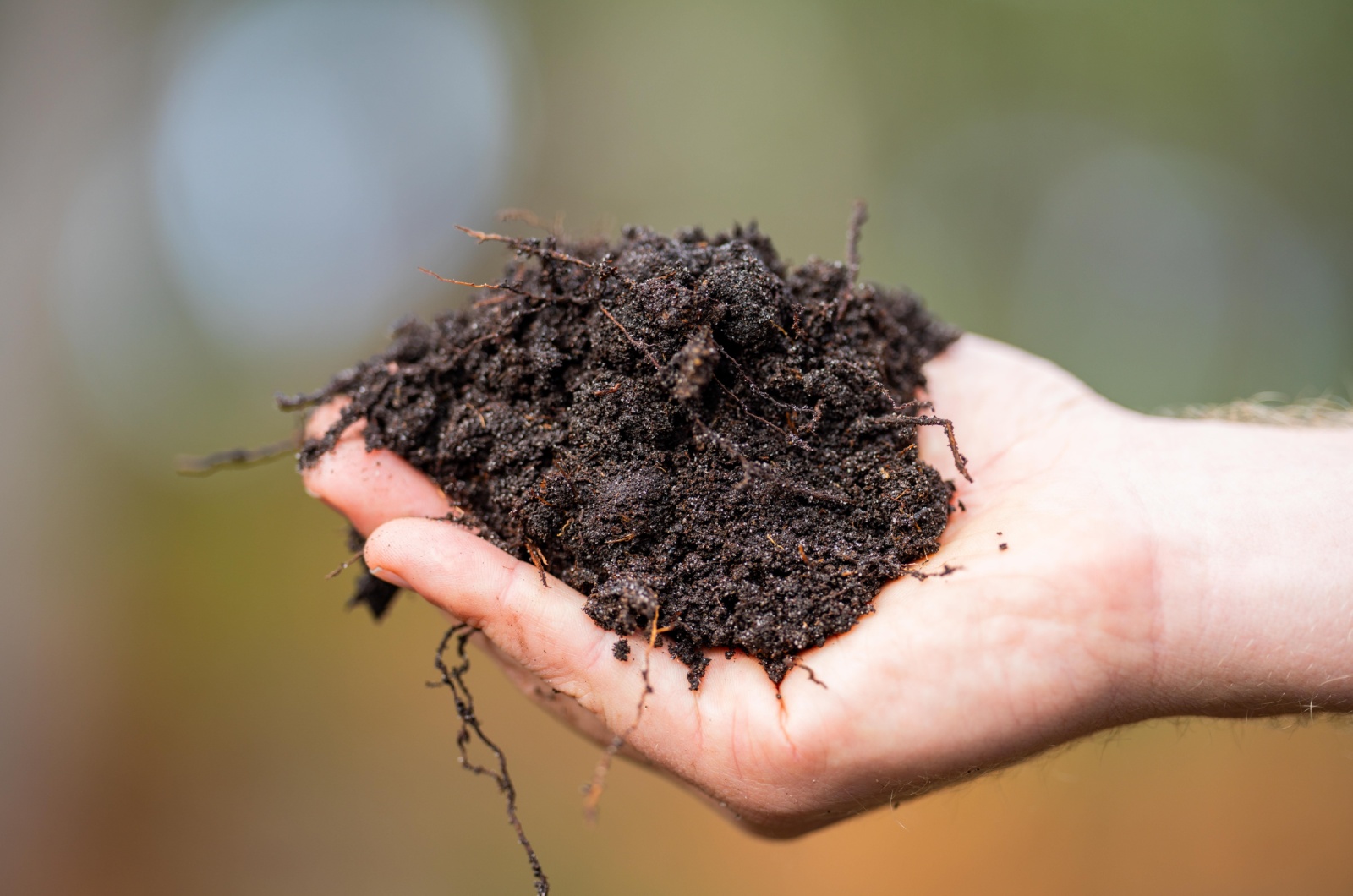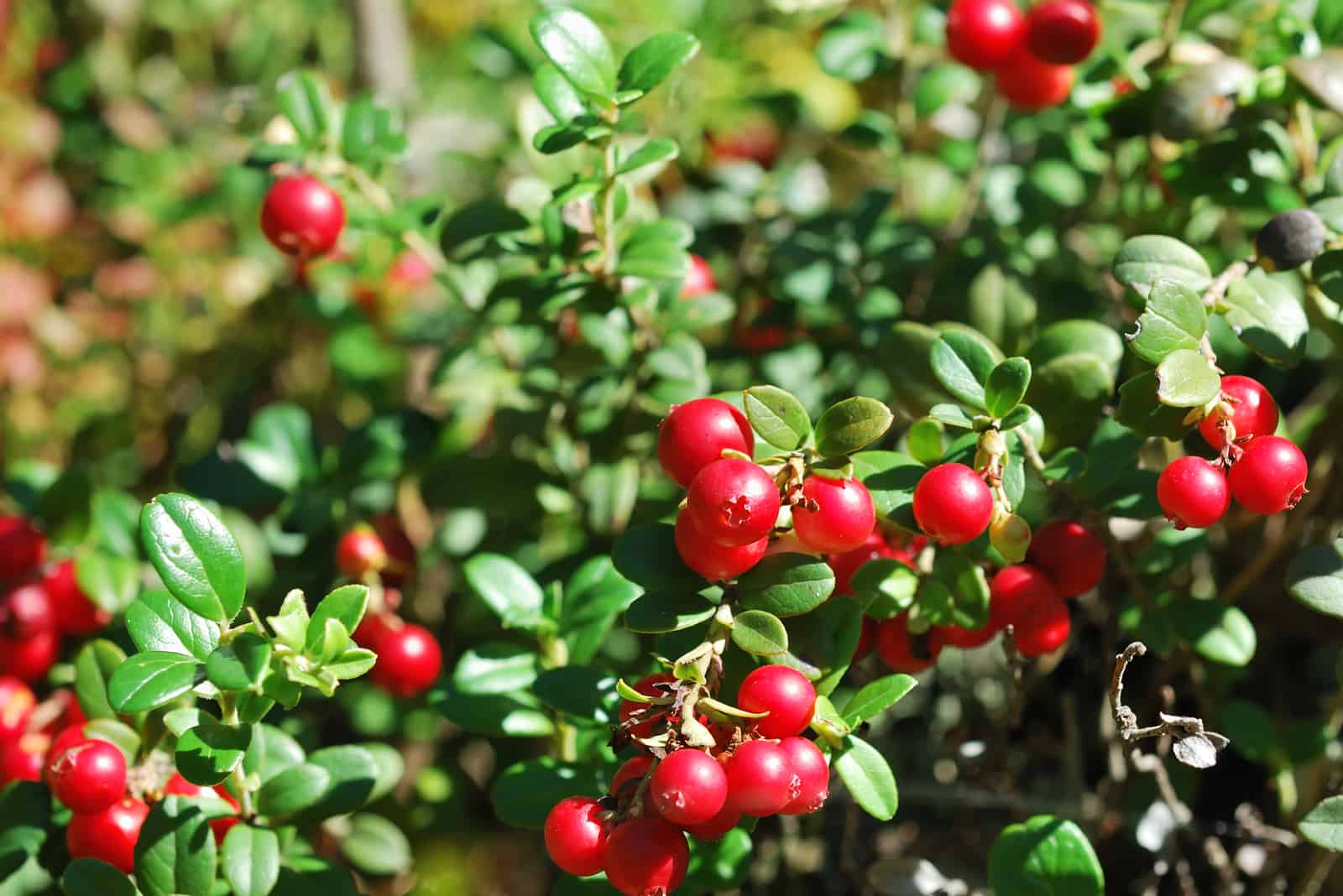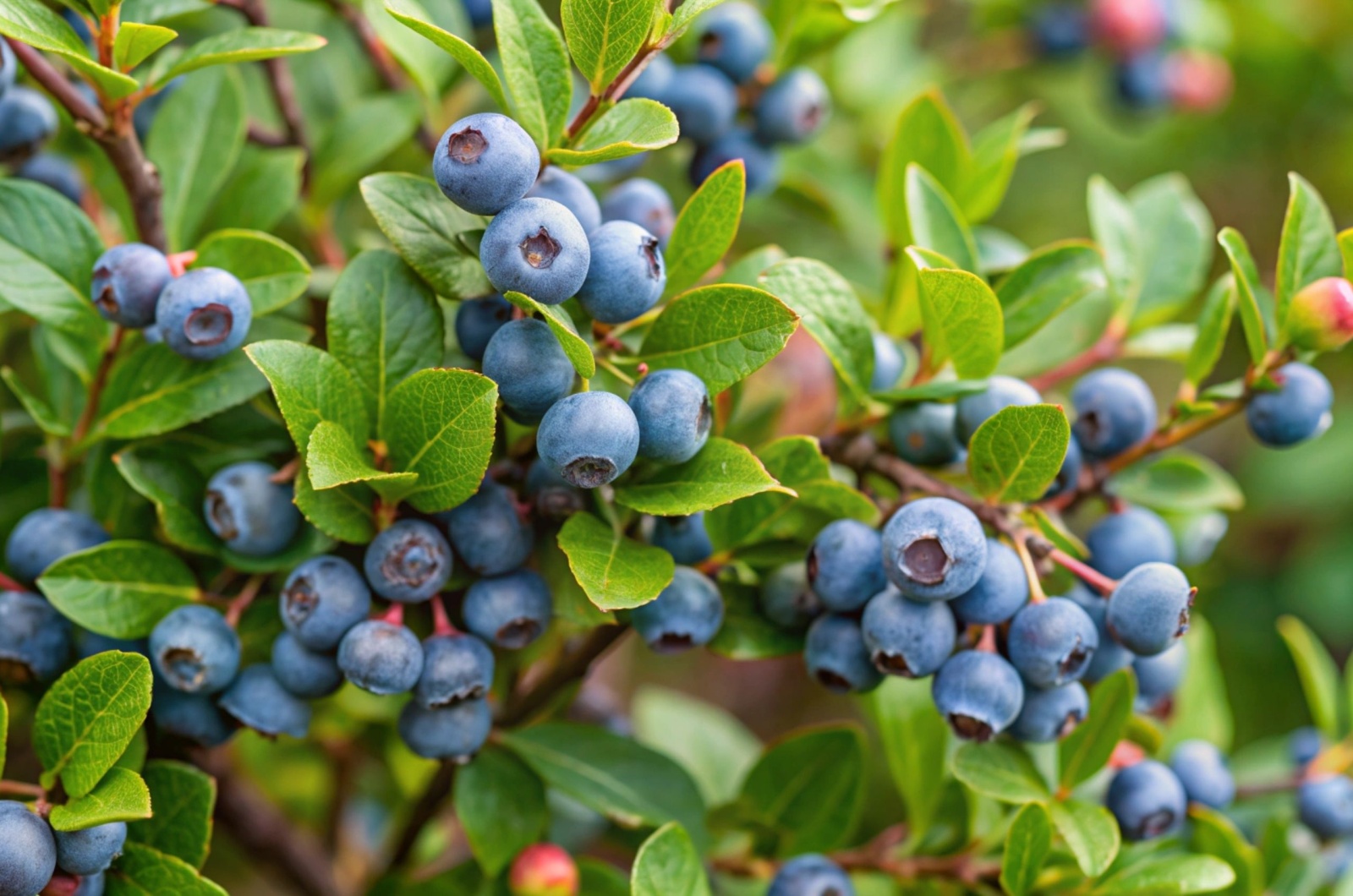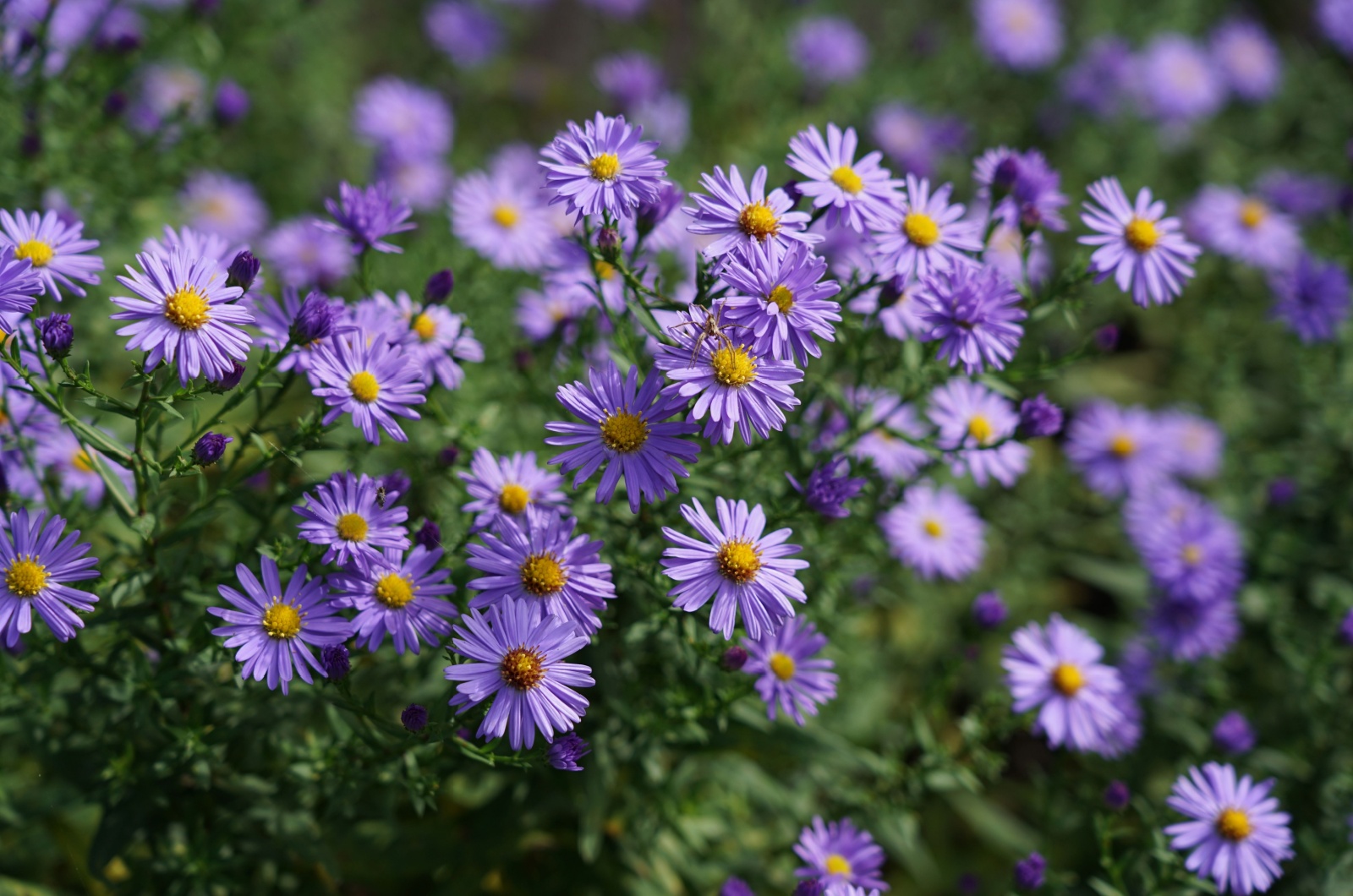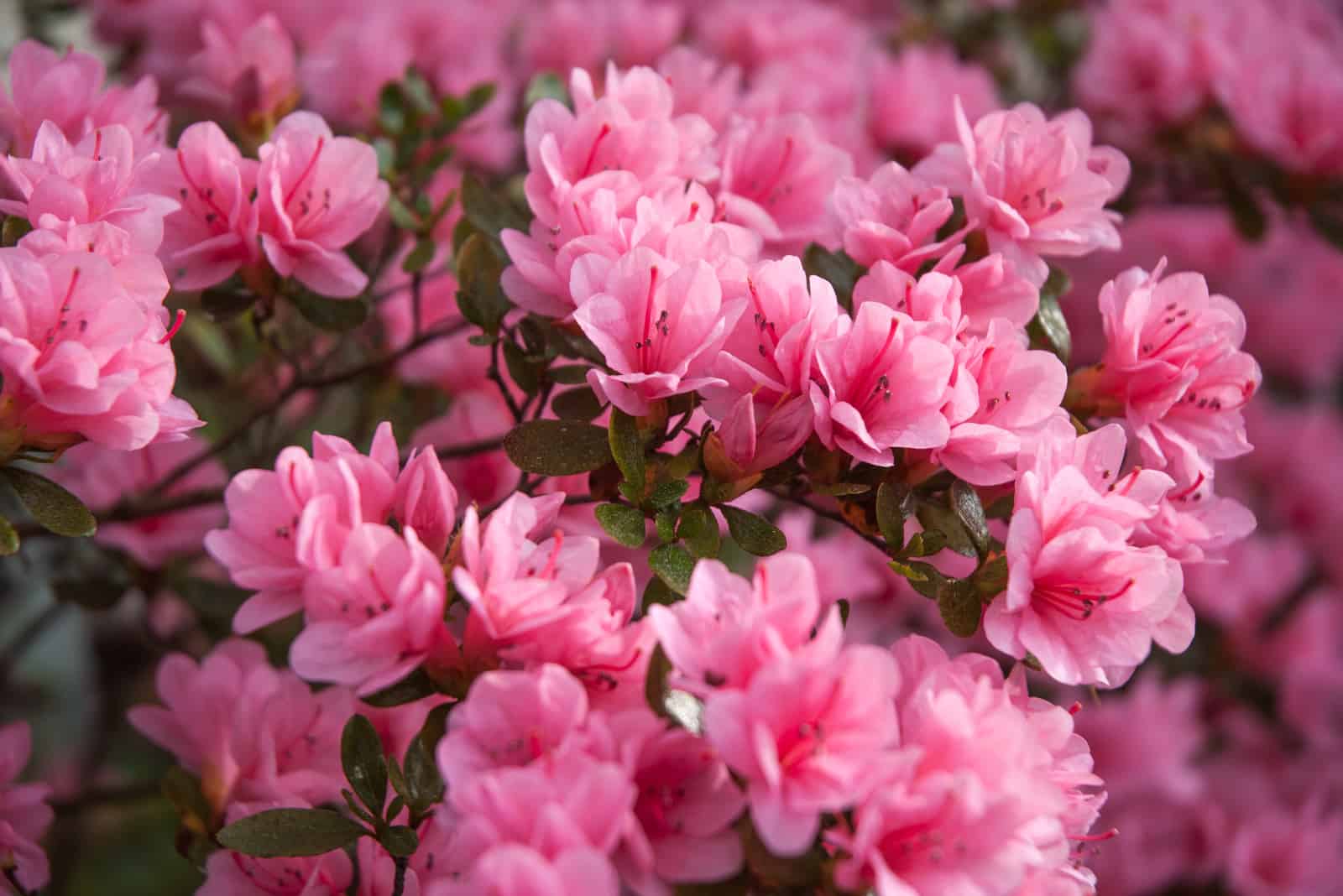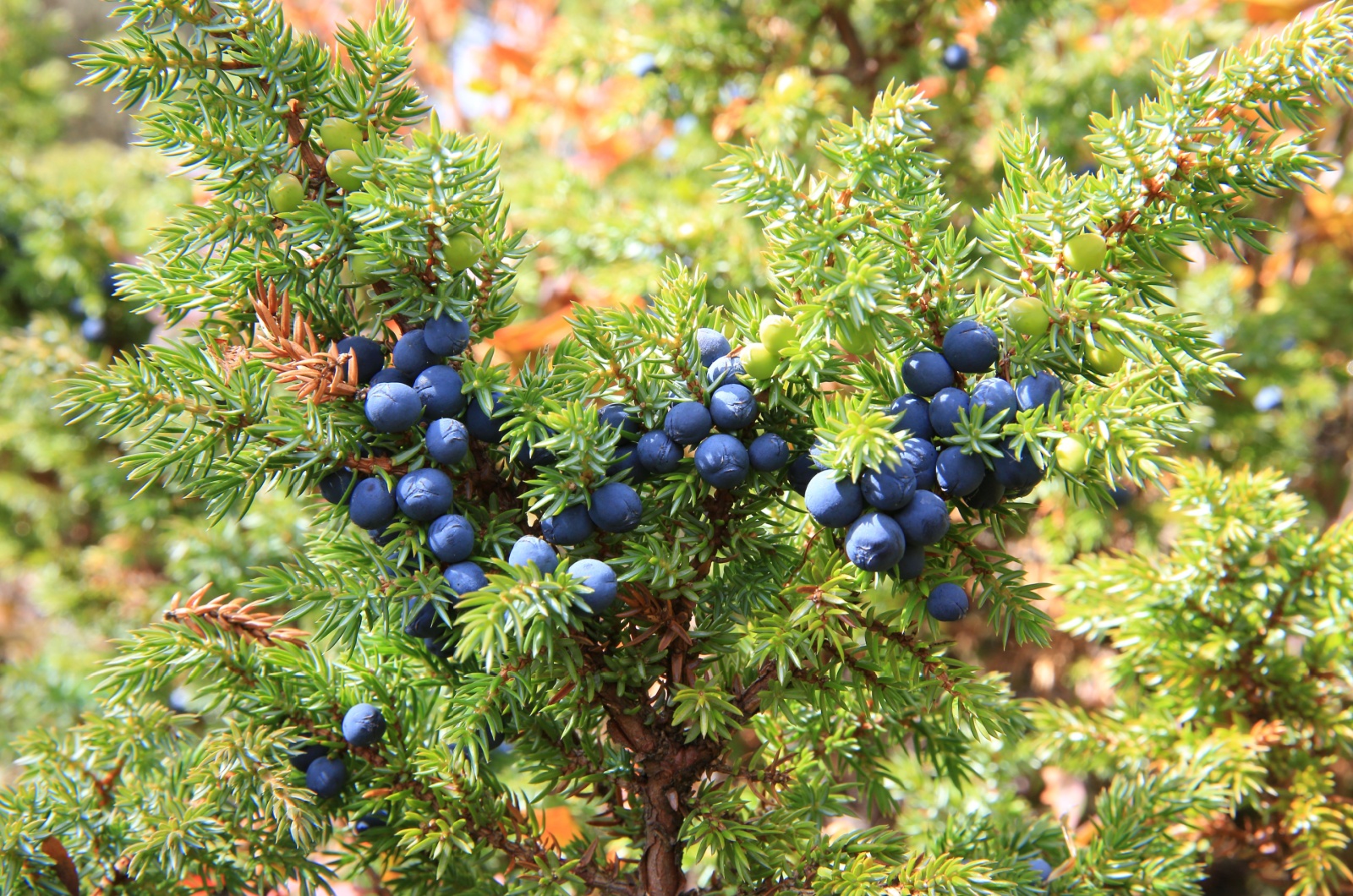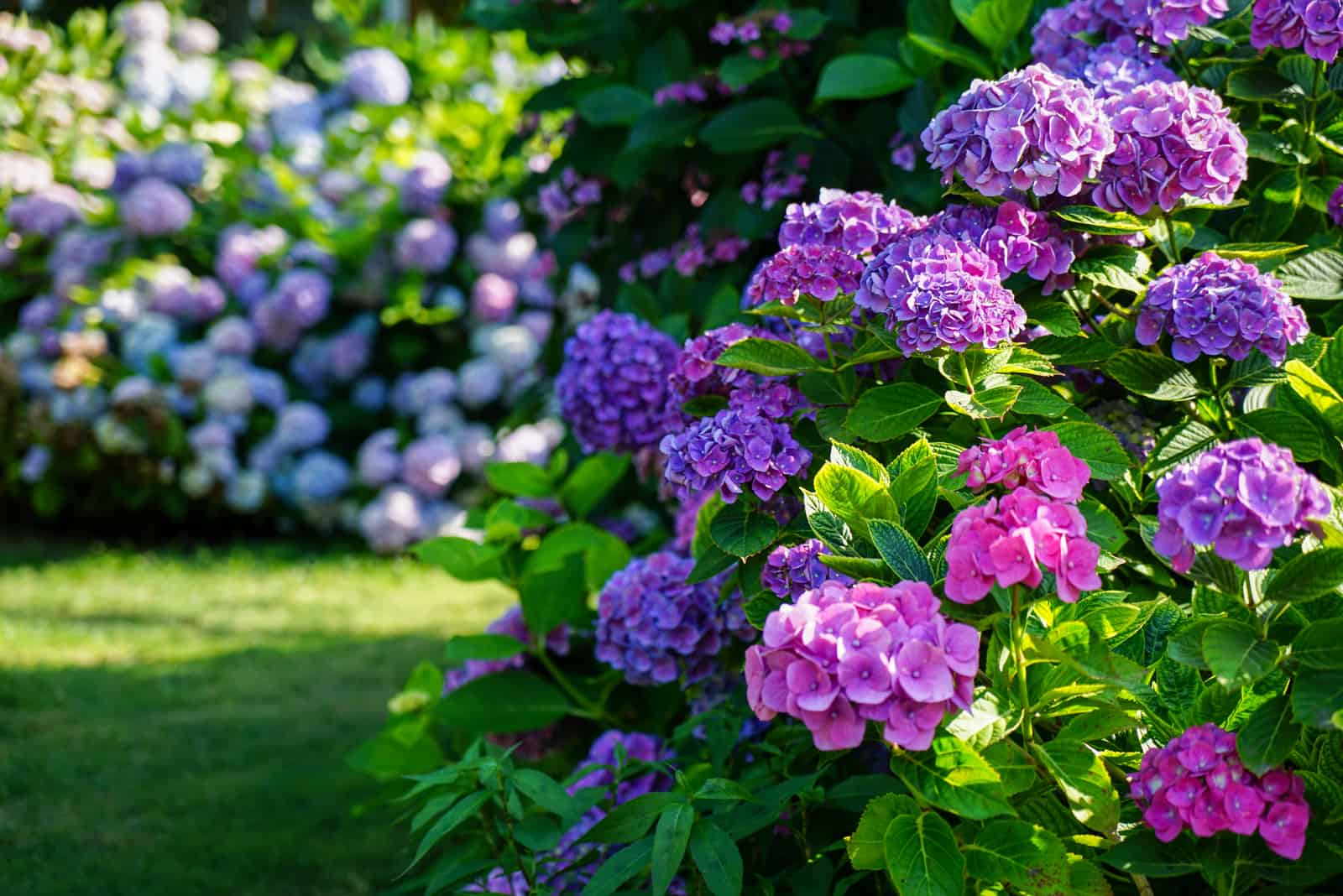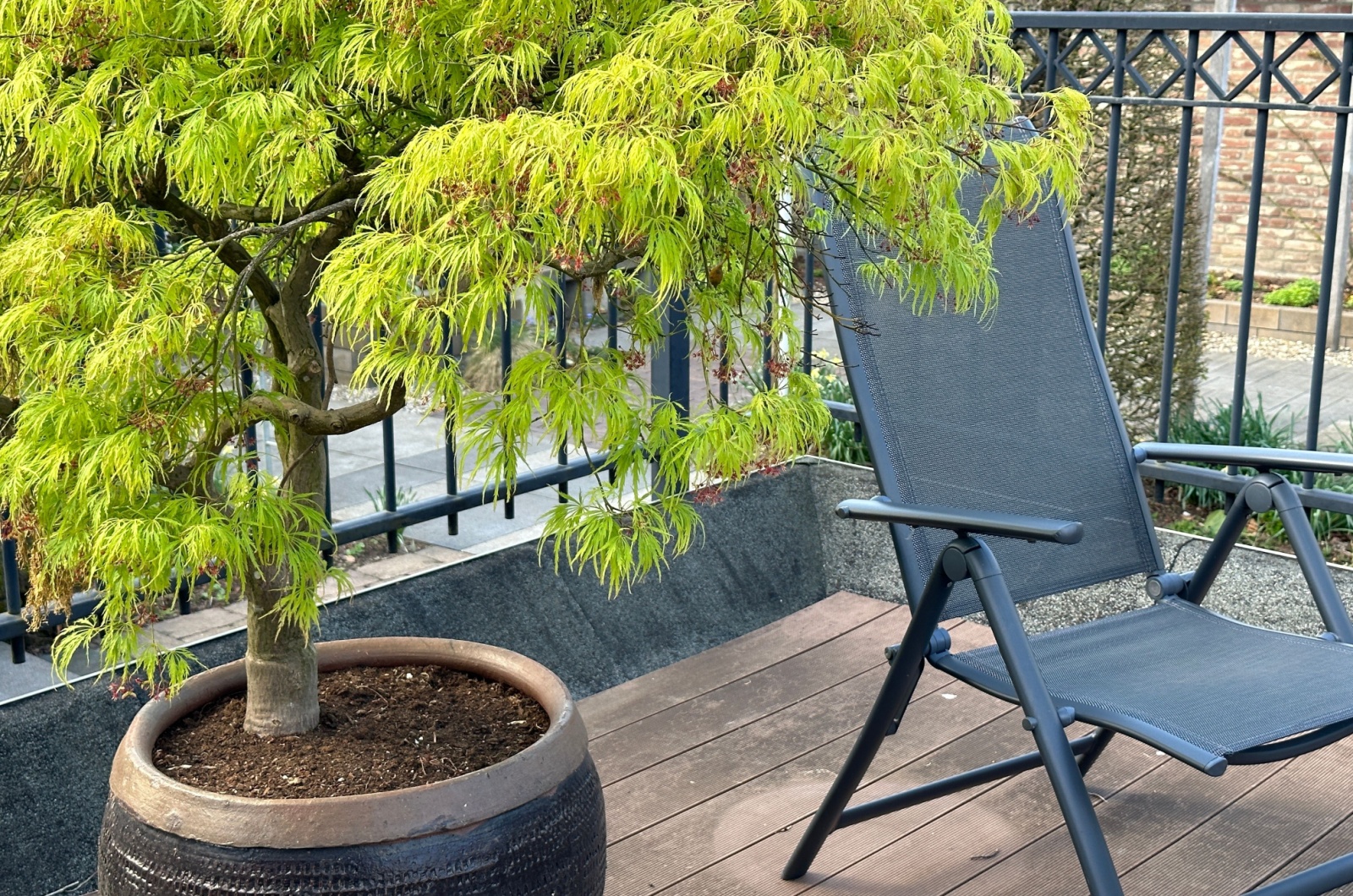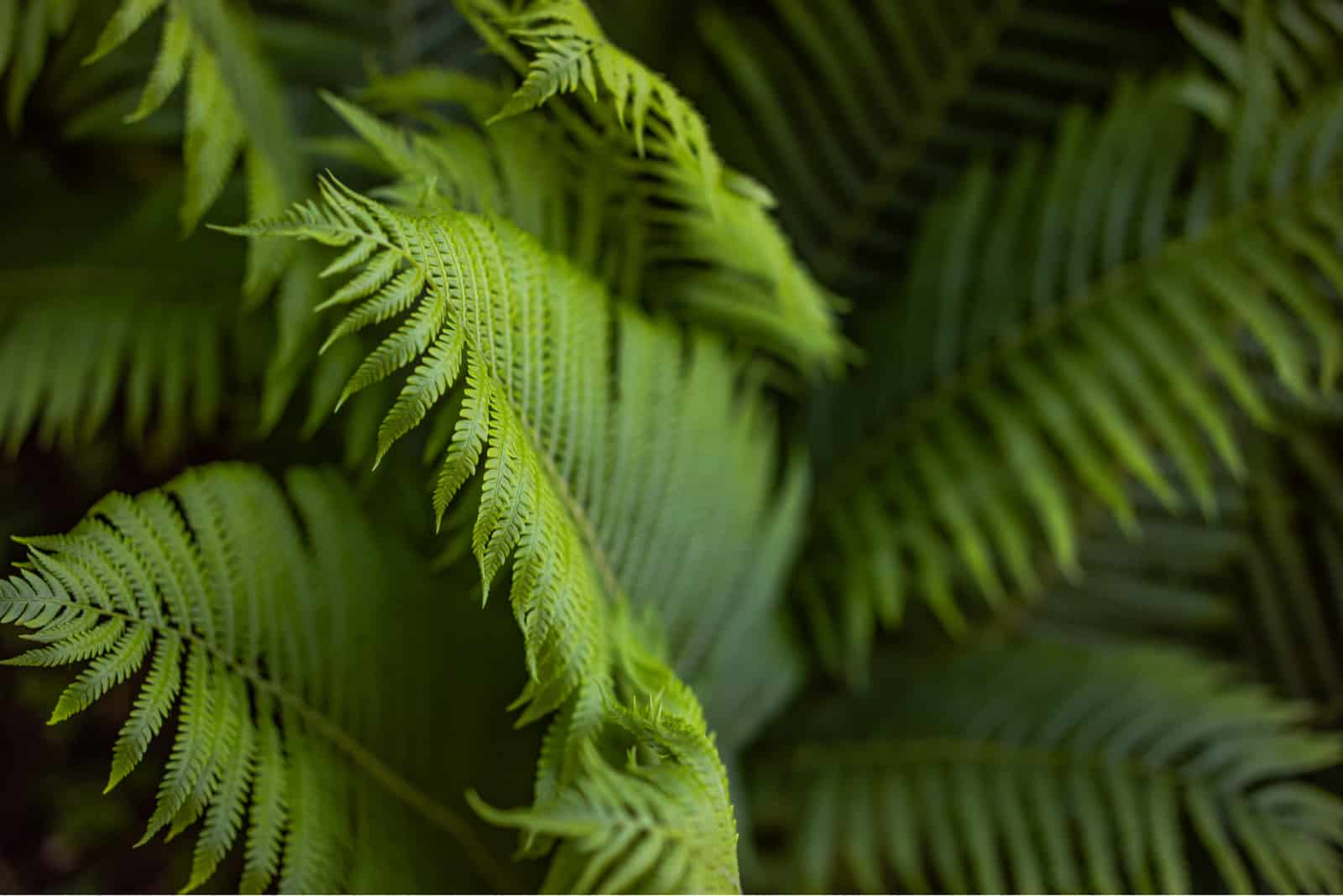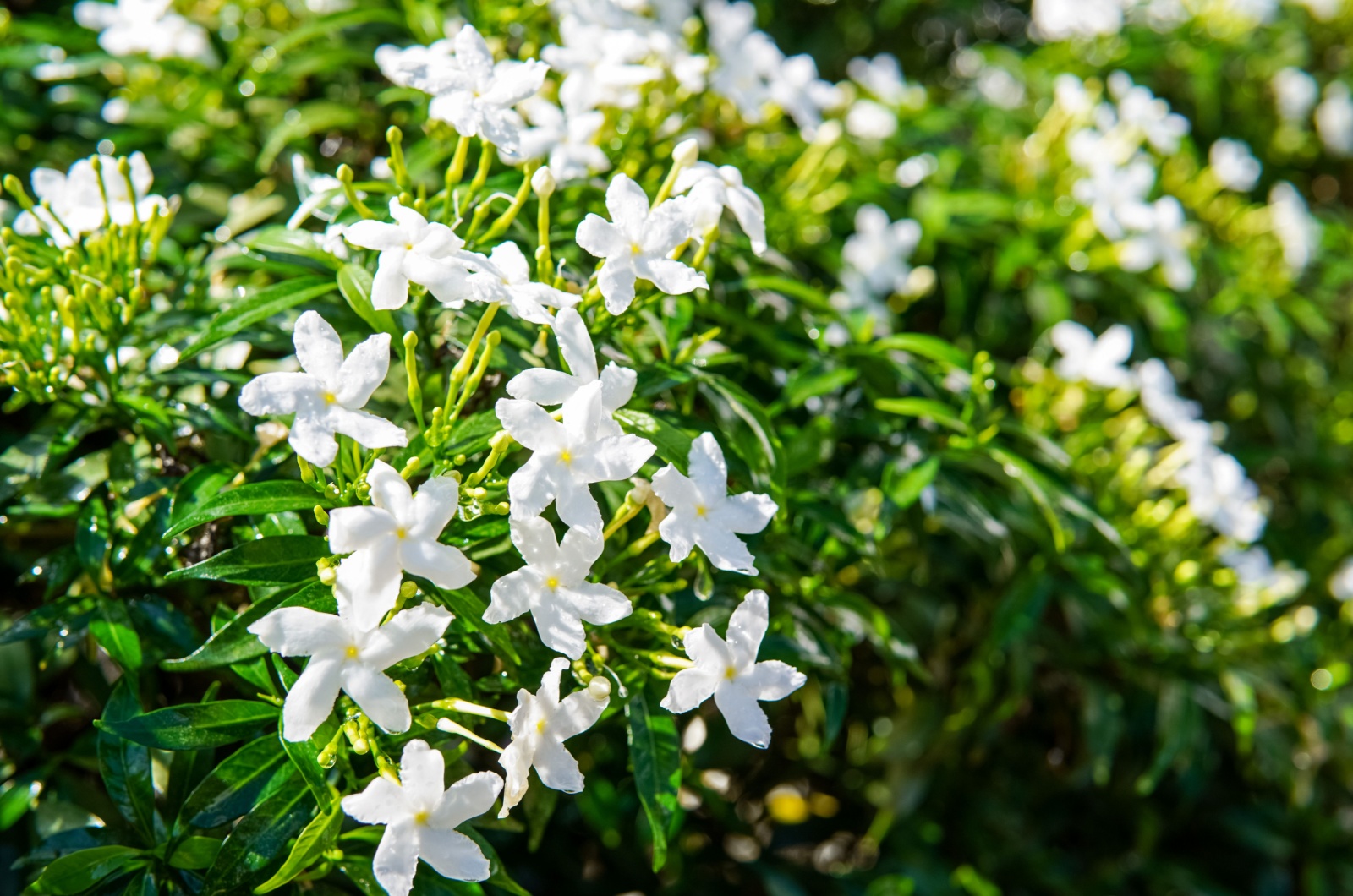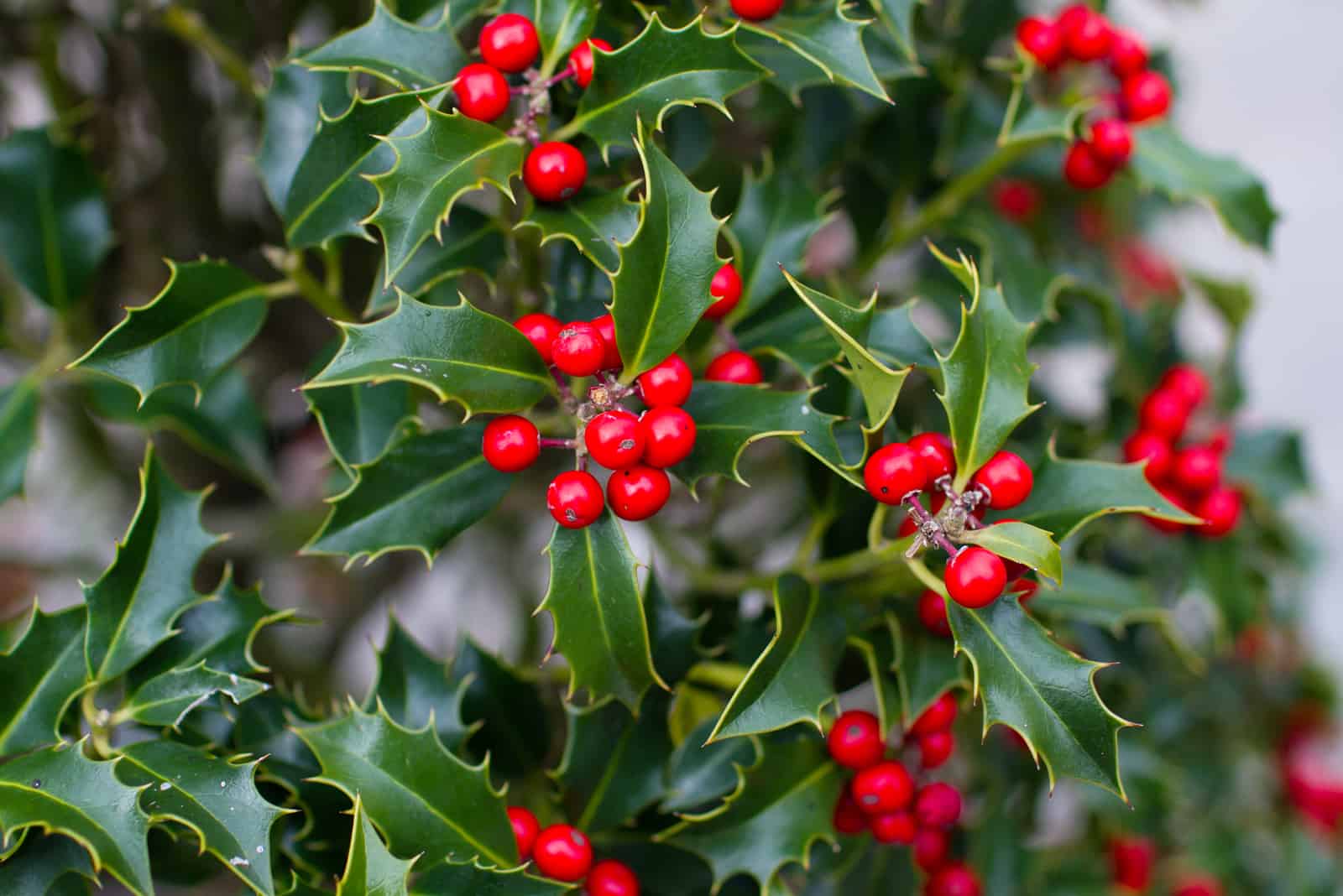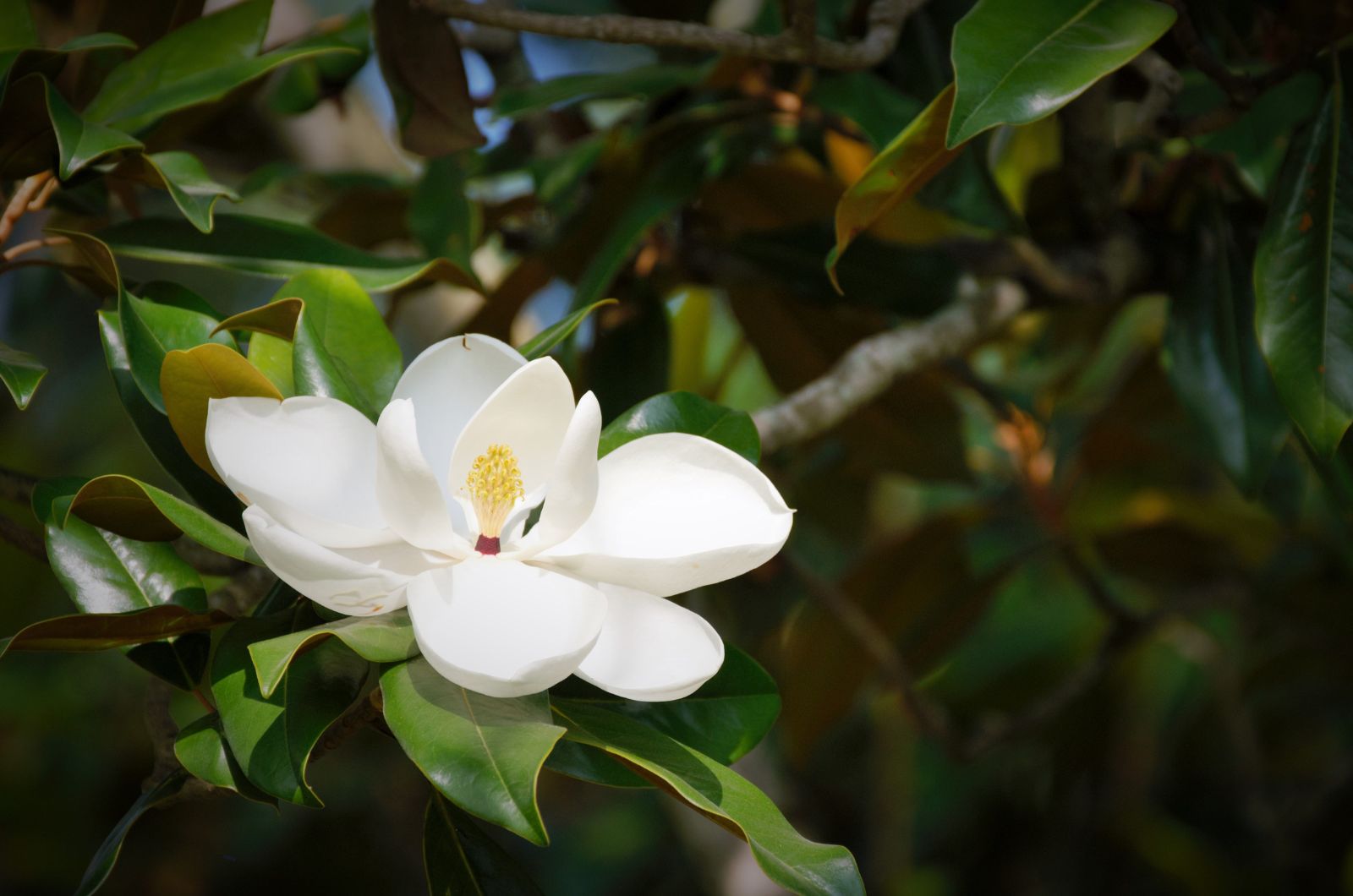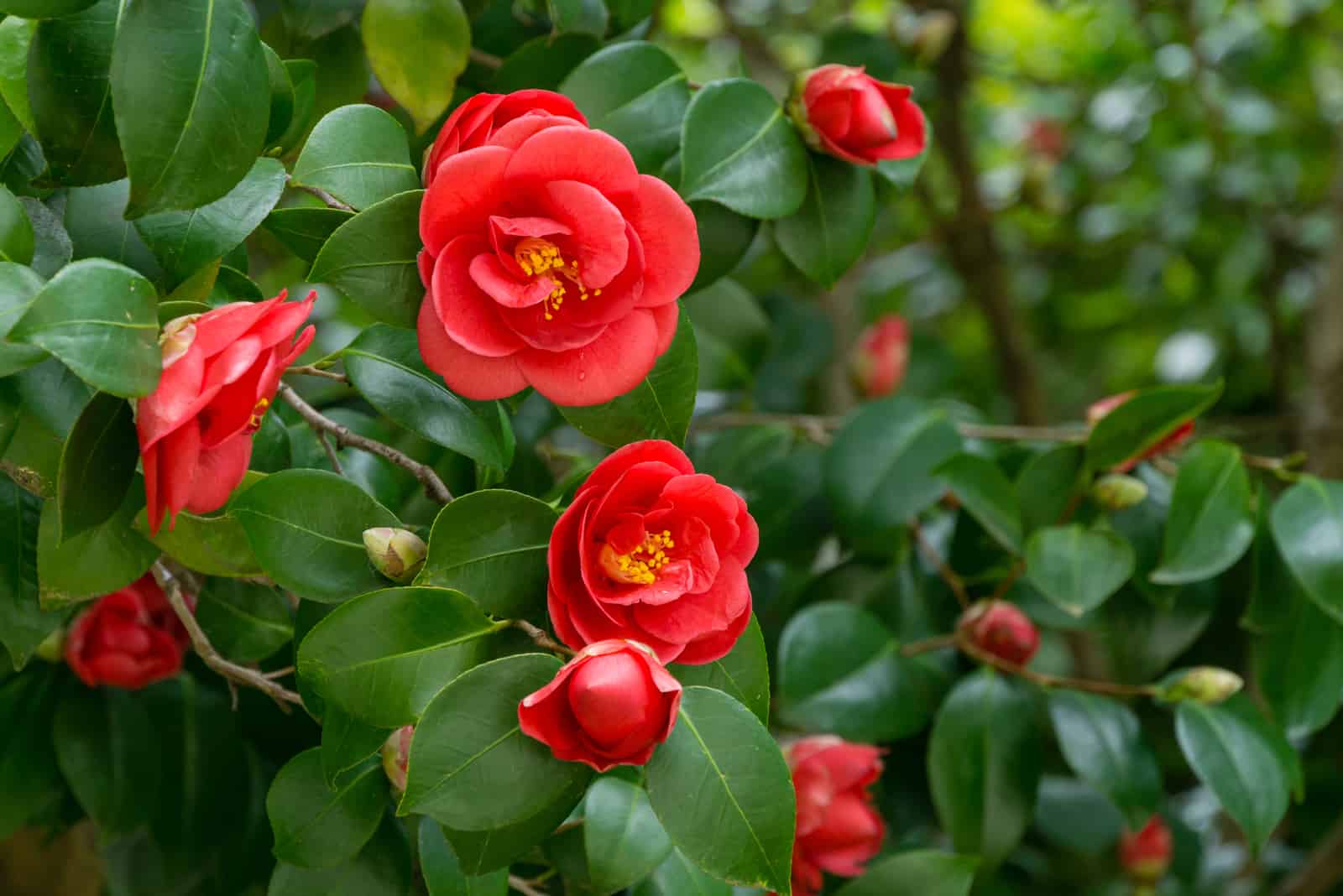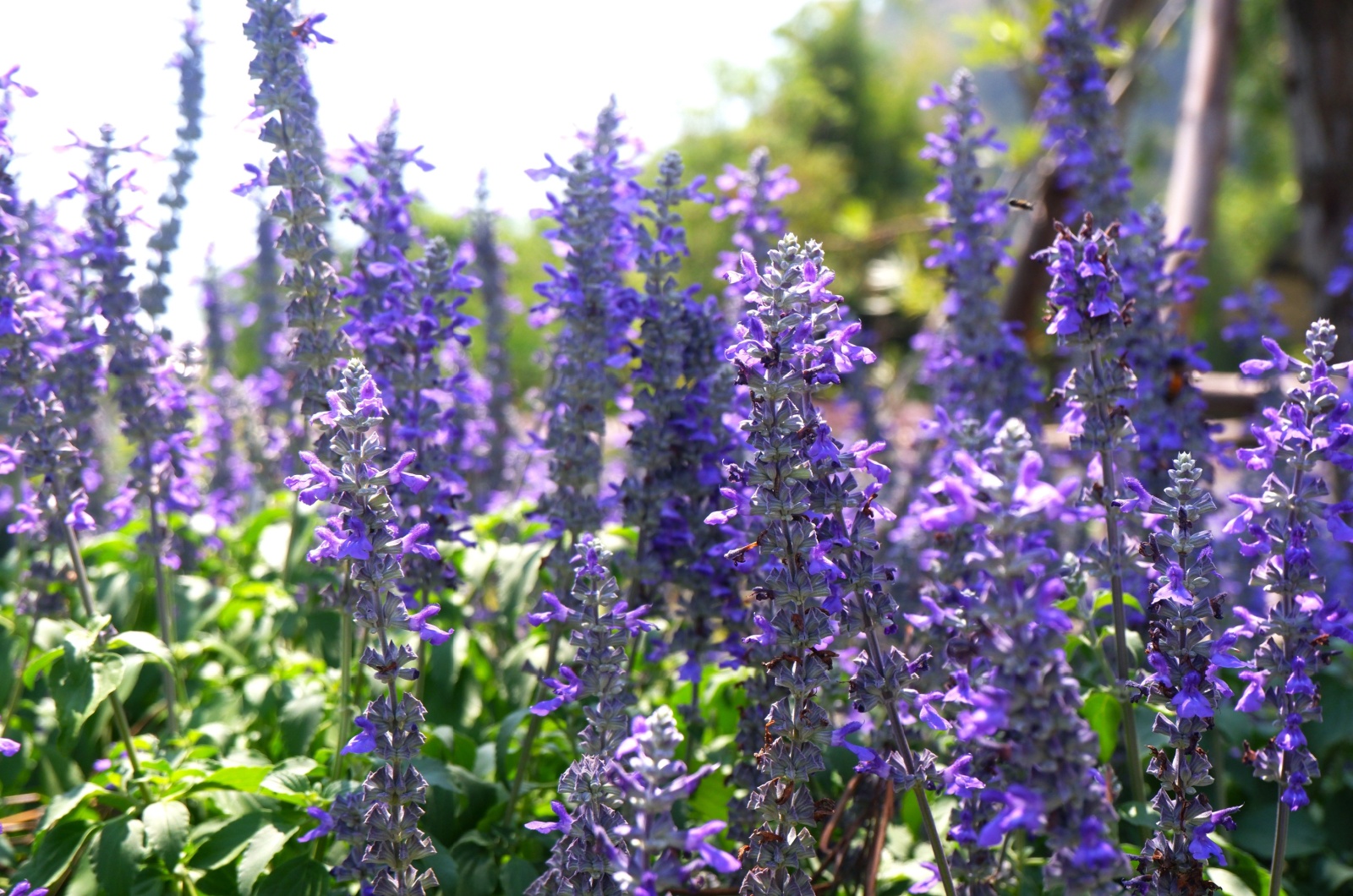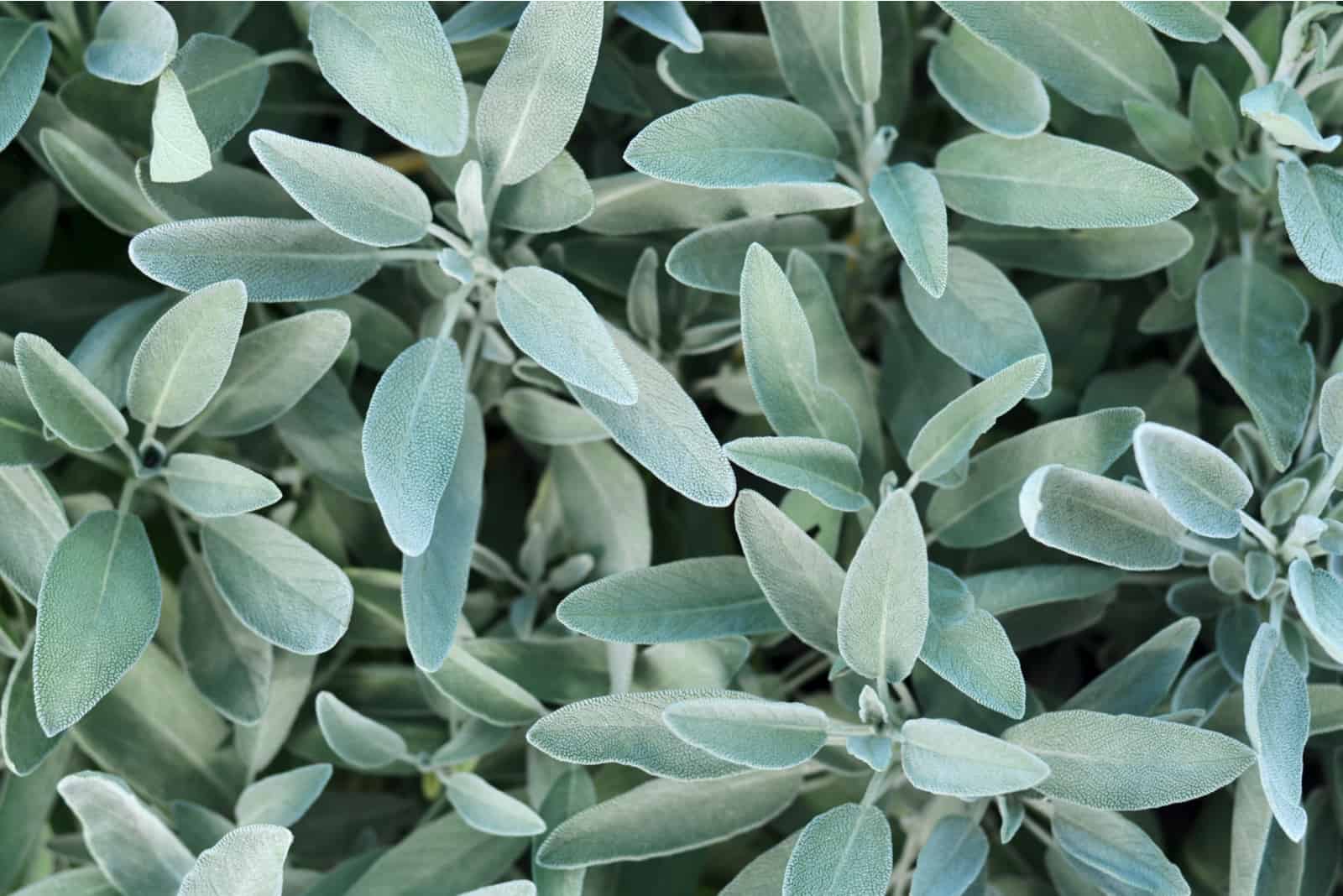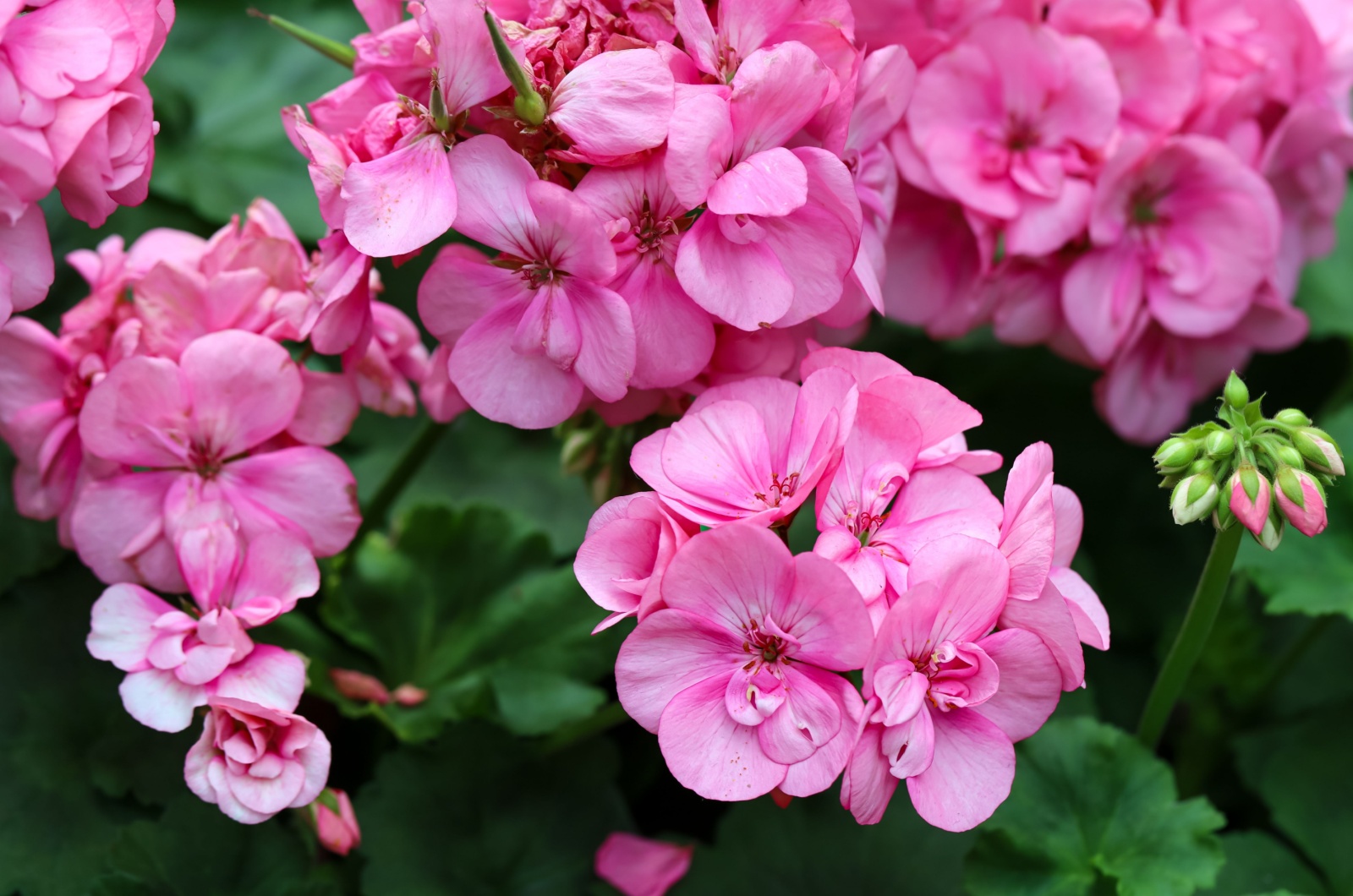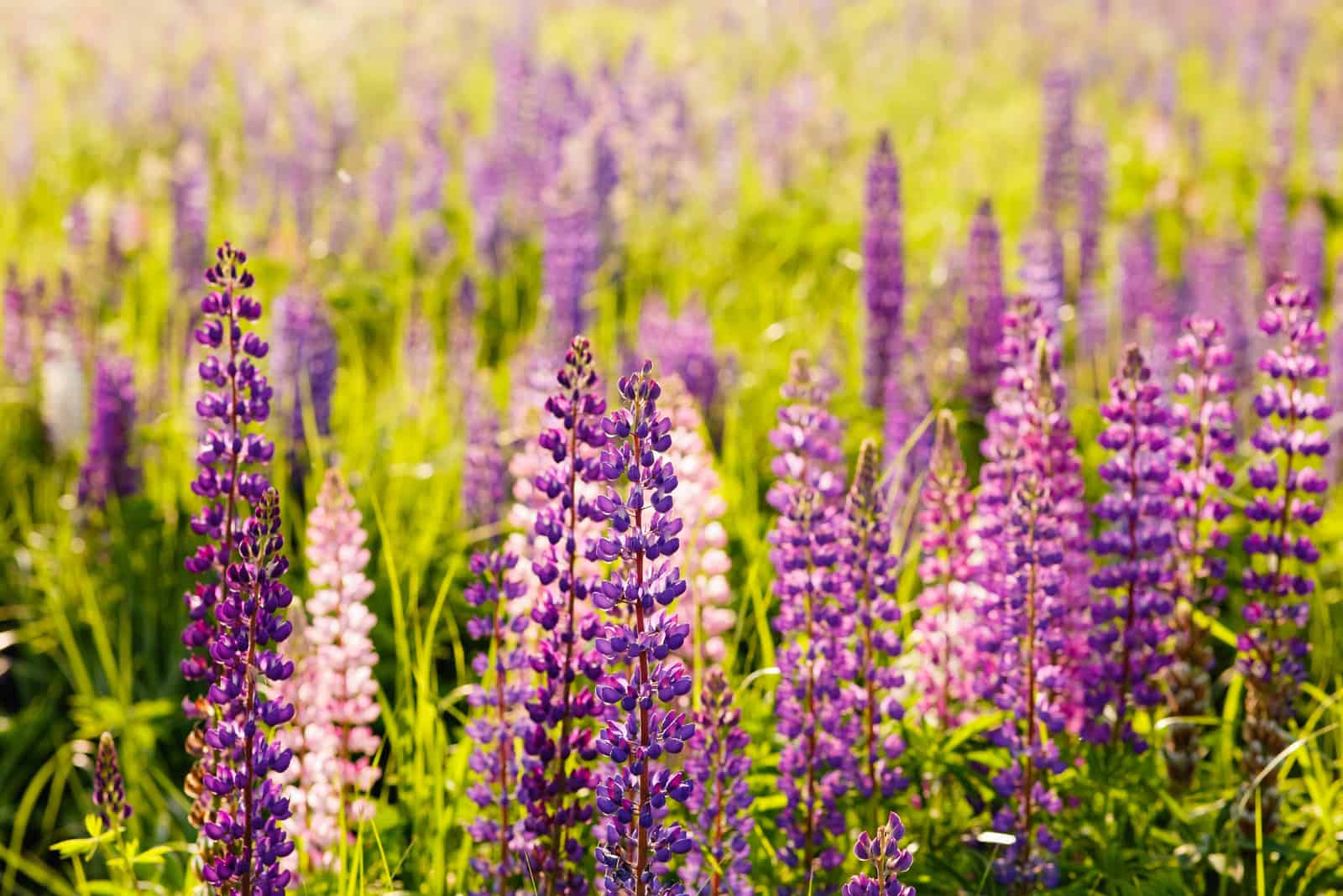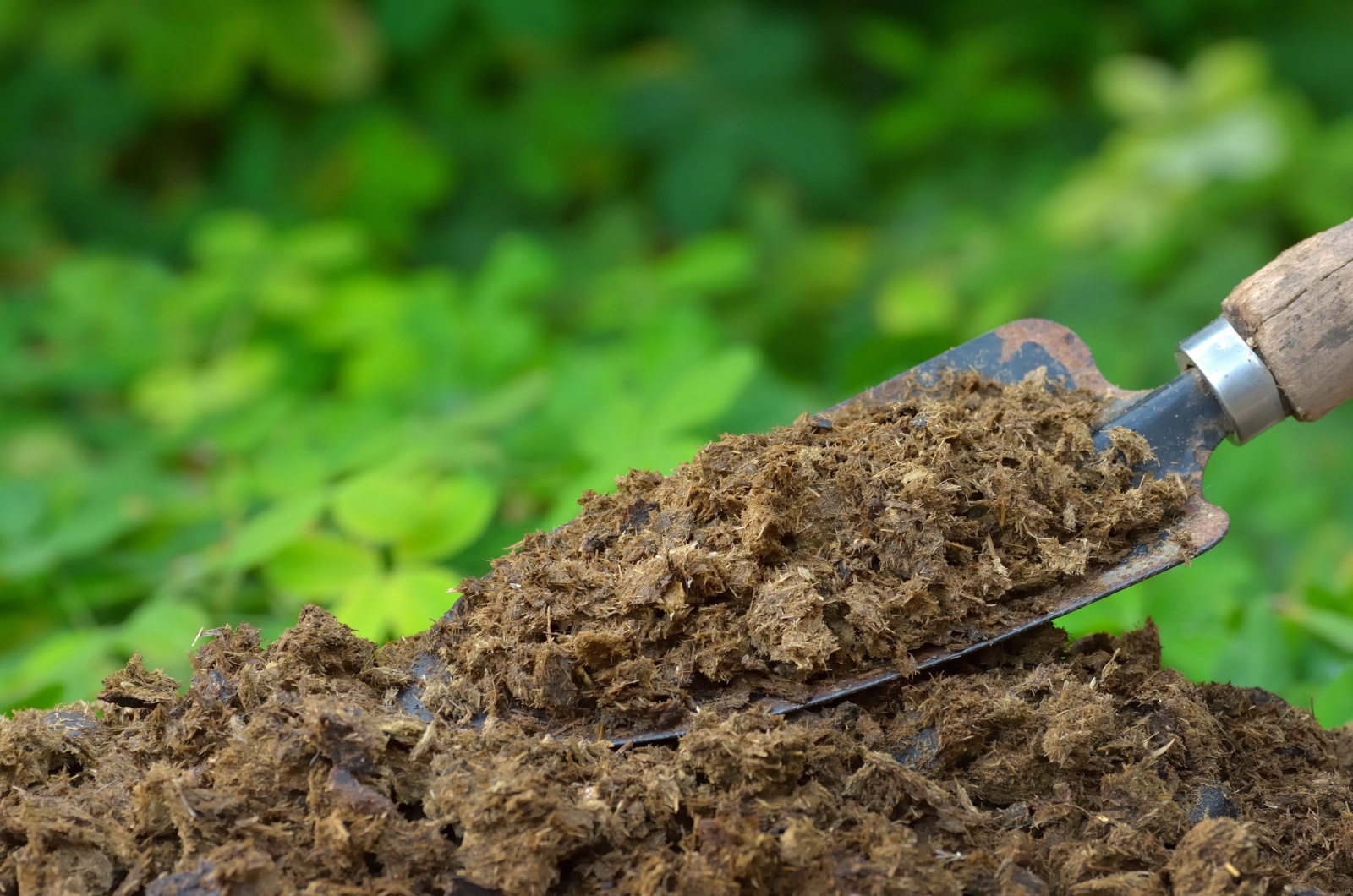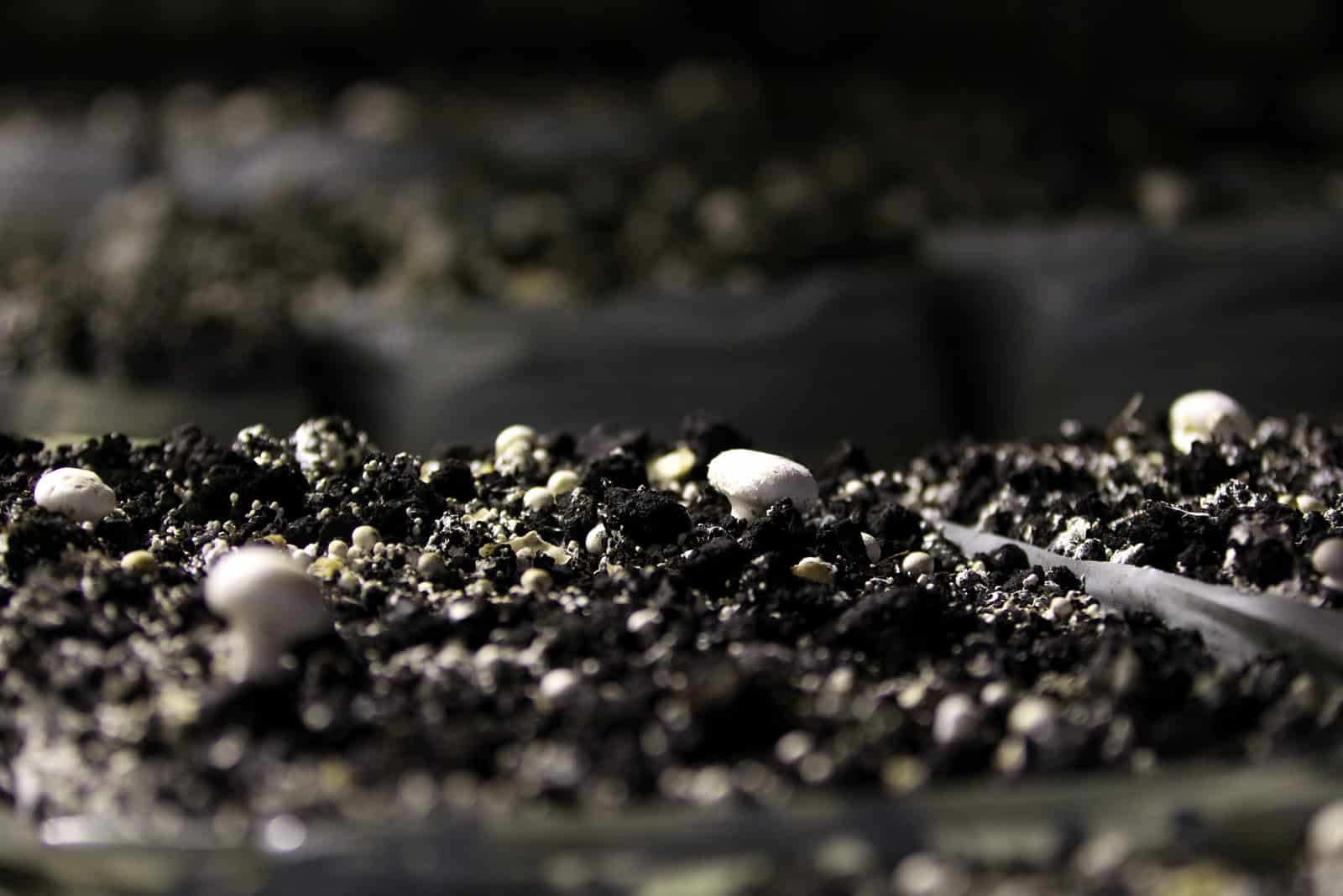Positive Bloom is an Amazon Associate and we earn from qualifying purchases through these links at no extra cost to you.
You have already prepared your mushroom compost, which is far richer in nutrient content than leaf compost, yet some of your plants haven’t been growing properly since using mushroom compost.
You might wonder why, because you know that mushroom compost is not only rich in nutrients and organic materials that your plant absorbs to grow happy and healthily, but it also helps to retain moisture (just like mulch would) and loosens up the soil structure.
Mushroom compost contains a high concentration of salts because it is made out of decaying mushrooms, and it creates an alkaline environment when applied.
However, this is not convenient for acid-loving plants!
These plants won’t do well in mushroom compost, and in most cases, it can even kill seeds before they have even germinated — your poor plant won’t even get a chance to grow!
Stay tuned and find out which plants don’t like mushroom compost.
Which Plants Don’t Like Mushroom Compost?
There are lots of different plants that would rather have any other plant food than mushroom compost!
Ericaceous plants absolutely love acid and they can’t stand growing in alkaline soil. Some of the plants that prefer acid soil can be flowering plants, like the Azalea, Gardenia, and such; but also fruit-bearing plants, like blueberries, cranberries, juniper, and such.
Nonetheless, we will go one by one and see what the best plant food is for acid-loving plants.
1. Cranberry
We love cranberries! Not only are they easy to take care of, but they also produce delicious berries that are super beneficial to our health.
And the juice, I mean, you gotta love cranberry juice!
Just by drinking the juice, you are improving your immune system and reducing the risk of getting cancer.
If you have been getting into mushroom farming and started using mushroom compost on your plants, I suggest you avoid giving it to cranberries.
They don’t prefer growing in alkaline soil — the optimal pH for this plant is from 4.0 to 5.5. Growers also tend to plant them in grow beds, because it is easier to control the acidity and provide proper drainage.
What To Use Instead Of Mushroom Compost
I suggest you use a nitrogen-containing fertilizer, since it is an essential nutrient for cranberries, and soil often lacks nitrogen.
You should apply a handful of fertilizer around the base of the plant in the early spring, and continue fertilizing it during the growing season.
2. Blueberry
Here is yet another berry that does not like mushroom compost. Famous for their delicious pies, these blueberries are also packed with antioxidants that can improve our health, thus, they should be incorporated into our daily diets (don’t just eat the blueberry pies!).
They like slightly acidic soil, and they also like a bit of peat moss in there too.
When growing blueberries, keep them in full sunlight and water them regularly to keep the soil moist. Though it might seem that mushroom compost is perfect for this, its soluble salts will just damage your plant and leave you with no berries at all.
What To Use Instead Of Mushroom Compost
Blueberries prefer a type of fertilizer that is able to keep their acid soil. Therefore, the fertilizer should contain ammonium sulfates — they simply do the job the best!
I always use this Down To Earth acid mix fertilizer from Amazon, mainly because it improves the taste of the fruits but can also be applied to various plants that prefer a lower pH, such as rhododendrons, camellias, blueberries, raspberries, hydrangeas, strawberries, and azaleas.
[lasso id=”3273″ link_id=”1631″ ref=”amzn-down-to-earth-all-natural-acid-mix-fertilizer-4-3-6-5-lb”]
3. Aster
An Aster is a perennial plant that grows the loveliest purple flowers. Often used for ornamental purposes, this flowering plant does not thrive in alkaline soil and if planted in it, won’t be able to produce their lovely flowers.
They prefer pH levels from 5.8 to 6.5 and should be watered at least once a week once they have fully matured.
What To Use Instead Of Mushroom Compost
Asters thrive in a well-draining, multipurpose type of compost, but you should also mix the soil with organic matter or chicken manure to improve the soil quality.
4. Azalea
The Azalea is actually a flowering shrub that belongs to the family of Rhododendrons. It produces mesmerizing pink flowers that are a great addition to any garden.
They prefer growing in full sun and a completely acidic soil, which is why mushroom compost should be avoided because it can literally kill it.
An Azalea prefers pH levels from 5.5 to 6.2, and also constantly moist soil.
What To Use Instead Of Mushroom Compost
An Azalea likes loam-based compost, although you can use the previously mentioned one too. You can also use granular fertilizer for easier application.
Bear in mind that they don’t like any peat moss in their soil, therefore, it should be avoided.
5. Juniper
Junipers are actually trees but can also be grown as shrubs. They produce berries that can be used to make a juniper juice — it is extremely healthy, yet I can’t even stand the smell of it.
They can tolerate different soil amendments, though they prefer nutrient-rich soil with proper drainage. The pH levels of the soil should be below 5, which is why we avoid applying mushroom compost to them.
The best soil for your juniper is a combination of garden soil, organic matter, and also small stones that are necessary for proper drainage.
What To Use Instead Of Mushroom Compost
The best fertilizer for junipers is a slow-release type of fertilizer that contains NPK formula, with the preferable ratio of 16-4-8.
I recommend you this one:
[lasso id=”3275″ link_id=”1633″ ref=”amzn-coniferous-fertilizer-chlorine-free-pinus-pine-fir-juniper-thuja-substral-350-g”]
6. Hydrangea
The Hydrangea is a popular flowering shrub that produces colorful flowers. Did you know that the pH of the soil actually affects the colors of Hydrangea flowers?
I swear, my Hydrangea has at least three differently colored flowers and they are all breathtaking!
If you want to have all blue flowers, then I wouldn’t suggest you use mushroom compost as it will increase the pH of the soil and you will end up with pink flowers instead.
What To Use Instead Of Mushroom Compost
Hydrangeas prefer all-purpose and balanced fertilizers. They should be fertilized at least twice during the growing season.
7. Japanese Maple
The Japanese Maple is a famous tree that produces all red leaves! It is really great to spice up your garden, though it can also be grown as a houseplant.
They prefer growing in sand or loam, and they also require slightly acidic soil. Alkaline soil will affect the leaves’ color, and they won’t be able to grow as intense a red color as they normally would.
What To Use Instead Of Mushroom Compost
A great alternative is a well-rotted compost pile, although you can also buy a slow-release or controlled fertilizer.
Osmocote fertilizer is the most popular one and you can find it on Amazon (though it is often out of stock).
8. Fern
Ferns are unique plants that produce intense green leaves with symmetrical protrusion. They are special because they actually reproduce via spores, which is uncommon for plant organisms.
They thrive in neutral or slightly acidic soil, thus you should avoid applying mushroom compost. However, if the soil is too acidic, you can apply mushroom compost to increase the pH and balance it out.
What To Use Instead Of Mushroom Compost
To encourage plant growth, you can add vegetable peelings or lawn cuttings to improve the soil amendment. If you are growing it as an indoor plant, you can apply a well-balanced fertilizer with a 20-20-20 formula.
9. Gardenia
Yet another flowering plant that does not like mushroom compost. The Gardenia is a plant that produces dreamy white flowers that smell amazing (no wonder Zara has a perfume called “Gardenia”).
It prefers pH levels between 6.0 to 7.0, and you can also add perlite and pumice to obtain the proper drainage.
What To Use Instead Of Mushroom Compost
You should apply fertilizer once every 2-4 weeks during the growing season, depending on the content of the nutrients in the soil. You can use the same fertilizer that we have mentioned in the Azalea plants.
Asides from that, you can also go organic and apply natural fertilizers, like bone meal, blood meal, or fish emulsion.
10. Holly
Holly is a flowering plant that is the only living species of the Aquifoliaceae family. Thus, we have to provide it with the best possible care!
Though it is a hardy plant that can survive in different types of soil, it does not prefer growing in an alkaline environment. The most optimal pH range is from 5.0 to 7.0.
Bear in mind that they don’t like to be transplanted, so you should really look into its care guide. For instance, they prefer growing in full sun.
What To Use Instead Of Mushroom Compost
The Holly plant is not a heavy feeder and can grow well with slow-release fertilizers that contain nitrogen.
You can also use organic compost, like mulch, or you can use livestock manure (like horse manure or cow), and you can also add pine needles or wood chips.
11. Zinnia
Zinnias are annual plants that produce colorful flowers and make it look like the rainbow has exploded in your garden! They are usually grown in flower beds or containers outside.
They prefer well-draining and fertile potting soil. The pH levels should be between 5.5 to 7.5. Zinnia plants are not needy and they can even tolerate dry conditions.
However, you should avoid applying mushroom compost.
What To Use Instead Of Mushroom Compost
Though they are fast growers, you won’t have to fertilize them frequently. Zinnia plants love well-balanced fertilizers, and I definitely recommend using Burpee Bone Meal Fertilizer, which contains enough calcium and phosphorus necessary for flower production.
[lasso id=”3276″ link_id=”1634″ ref=”amzn-burpee-bone-meal-fertilizer-add-to-potting-soil-strong-root-development-omri-listed-for-organic-gardening-for-tomatoes-peppers-and-bulbs-1-pack-3-lb-1-pack”]
12. Magnolia
The Magnolia is a genus of flowering trees that contains about 340 different species! Each plant produced is unique and produces differently shaped and colored flowers, which is why they are so popular in landscaping and decorating gardens.
The most common Magnolia is the Saucer Magnolia, which produces white flowers on glossy and dark green leaves.
If you want to plant Magnolia in your vegetable garden, stay away from mushroom compost because they prefer pH levels from 5.5 to 6.5.
What To Use Instead Of Mushroom Compost
Bear in mind that a Magnolia likes nutrient-rich soil, so it is best if you mix the soil with organic matter or well-composted manure before planting. You can also add ripe compost or a nitrogen-containing fertilizer that will encourage lush foliage and flower growth.
13. Camellia
Camellias have been popular in decorative gardening for decades! It is an evergreen shrub that produces exquisite flowers, and can also be used to make teas (they are also called “tea plants”).
They are not high-maintenance and can grow in various conditions, though we must exclude the alkaline soil — they sure don’t like that!
They prefer more neutral soil with a pH of 5.5 to 6.5, so adding mushroom compost would only increase the salt levels in the soil which would disrupt the preferred pH.
What To Use Instead Of Mushroom Compost
Since they thrive in neutral soil, you can add pine needles or leaf mold to balance out the pH levels. You can also add fertilizers, though you should know that too much nitrogen is not beneficial to this plant and it can burn the leaves.
I suggest that you use the previously mentioned Dr. Earth 703P Organic 4 Azalea/Camellia/Rhododendron Acid Fertilizer, as it is made out of organic substances that can encourage the growth and development of leaves and flowers.
14. Salvia
The salvia is a psychedelic herb that can induce hallucinations and something that is described as an “out-of-body” experience — in other words, it can get you high.
Though it is not illegal, there are some precautions and laws that regulate its use.
In case you grow mushrooms that have similar effects, don’t use them to make compost for your salvia because they prefer a pH from 5.5 to 6.5.
Bear in mind that not all salvia species have the same requirements and that some prefer dry soil conditions, while others thrive in moist soil.
What To Use Instead Of Mushroom Compost
Salvias in general don’t like fertilizers. They would rather have some organic compost instead. To increase the acidity of the soil, you can add soil sulfur, chelated iron, or aluminum sulfate.
15. Sage
Sage is an evergreen shrub that produces purple flowers which are used in herbal medicine and cooking. Dried sage leaves are a great addition to your soups and dishes as they are highly aromatic and combine well with other flavors, and you also get numerous health benefits when eating them!
It prefers growing in soil with pH levels from 6.0 to 7.0, thus, adding mushroom compost should be avoided.
What To Use Instead Of Mushroom Compost
Sage is not a heavy feeder and can be easily overfertilized, which affects its flavor. For instance, you can add mulch 3 inches deep for water retention and weed prevention; or you can add a slow-release fertilizer around the base of the plant.
You can also add garden compost or a small dose of manure to keep your plant happy and healthy!
16. Geranium
It seems like you can find geraniums in every garden nowadays, as they are low-maintenance flowering plants that produce colorful flowers and are used primarily for ornamental purposes.
You can grow them in flowering beds, in containers, in hanging baskets, and so on.
They prefer the pH of the soil to be from 6.0 to 6.5, therefore you won’t be needing mushroom compost in this case.
What To Use Instead Of Mushroom Compost
Geraniums love organic compost that is rich in nutrients. You can also practice worm composting with this plant: you can mix it with vegetable waste and use it as a slow-release fertilizer.
You can also use bone meal and slow-release fertilizer to encourage the flowers’ growth. If you have already bought the previously mentioned Dr.Earths fertilizer for your Azalea and Camellia, you can also apply it here!
17. Lupine
Lupine is a flowering plant that produces flowers that grow in groups with highly organized structures, meaning that you can easily detect the leader and the followers of the group.
This behavior is detected in wolves and dogs, hence the name “lupus” which means wolf.
The lupine plant loves to grow in soil with a pH from 5.5 to 7.0, though they can survive in highly acidic environments, so they won’t be needing any type of compost that increases the pH.
What To Use Instead Of Mushroom Compost
A lupine should not be fertilized as much because the plant might focus on foliage production much more than on blooming and producing flowers.
You should use a fertilizer that contains phosphorus rather than nitrogen, as it can encourage the flowers’ growth and development.
What Plant Is Mushroom Compost Good For?
While some plants can’t stand the idea of growing in alkaline soil, some other plants seem to enjoy it!
Mushroom compost is a great compost, rich in nutrients and it can help in water retention and the improvement of soil structure. So, why not apply it when certain plants love an alkaline environment?
The plants that don’t mind the high salt concentration in the soil, and actually prefer growing in higher pH levels are as follows:
• lavender
• lilac bushes
• columbine
• goldenrod
• easter lilies
• yew bushes
• yarrow
• fox gloves
• boston ivy
• cherry ornamental
• delphinium
• hosta
• winter jasmine
• horse chestnut
• bearded iris kiwi
• meadow rue
• shasta daisy
• virginia creeper
• reticulated iris
• clematis
• mugo pine
Can mushroom compost burn plants?
Yes, mushroom compost can burn the roots and the leaves. To prevent burning of the roots, mushroom compost should be applied close to the plant’s stem for easier nutrient uptake. Too much compost can prevent water absorption by plant tissue, exposing the plant to dehydration, which can be distinguished by the browning and yellowing of the leaves.
This is why it is recommended to water your plants frequently and thoroughly once you have applied mushroom compost.
Check out this video to see if mushroom compost is good for your garden, or if you should avoid it:
https://www.youtube.com/watch?v=zNaaDNpCCsk
Other Mushroom Compost Applications
There are a few commercially available mushroom composts, though the mushroom substrate is the most common one. It is made from mixing wheat straw or gypsum with manure (chicken or horse).
Spent mushroom compost is another type that is widely available, and it is often used as a fertilizer for lawns and turfs in order to improve the quality of the soil. The whole procedure is done quickly, and you will get compost free of microorganisms and weed seeds.
Nonetheless, you won’t go wrong with either of them!
Mushroom compost can be worked into the soil in a flower or vegetable garden to improve the quality and increase the pH before planting. If you used it for lawns, in most cases you won’t be needing to add any other fertilizers throughout the season.
They can also be used for houseplants that love alkaline soil. In this case, you can add a thin layer of the compost at the top of the soil, just make sure that the pot has drainage holes at the bottom when applying any type of compost.
Final Thoughts
There are some plants that don’t like mushroom compost, and there are some that do like it. It depends on their soil preferences: if they don’t like alkaline soil, then mushroom compost should be avoided.
Acid-loving plants include flowering plants, like the Azalea, zinnia, and Gardenia, but also fruit-bearing plants, like Cranberries and Blueberries. Some herbs, like sage and salvia, also don’t prefer mushroom compost, as well as shrubs like junipers and Hydrangeas.
Mushroom compost would just increase the pH of the soil and damage these plants.
On the other hand, plants like lavender, yarrow, columbine, boston ivy, and similar plants absolutely love mushroom compost and it should be applied due to its high nutrient content and ability to retain moisture and prevent weed growth.
Mushroom compost is a far better option than mulch when you are dealing with plants that don’t mind an alkaline environment.
That’s all folks, until next time!
Like this post? Share or pin it for later!

